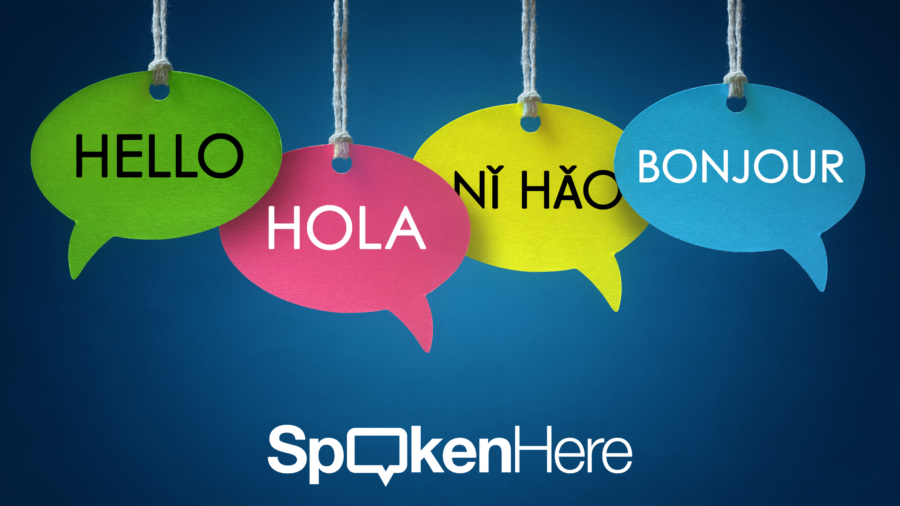
Translation memory tools offer clients major advantages for their foreign language projects
Translation is something the vast majority of those reading this blog have probably just tried to erase from their memories of high school foreign language class. For most, the monotonous and tedious task of looking up word after word in a well-worn dictionary is not exactly the idea of a good time. While the activity of translation still relies on the use of dictionaries, it is much more involved today than even a decade ago.
Gone are the days of sitting down to a simple computer and banging away at a keyboard to type in a translation of a printed document. Today the act of translating is but one step in a much bigger process. Translation memory technology has made the entire process more complex and easier at the same time.
How can that be? Let’s first take a look at what translation memory software is not. Translation memory (or TM) tools, as they are known in the industry, are not machines that translate. Rather, they represent a suite of software applications that help translators manage finished translations and those in progress.
Translation memory tools compile and maintain a database of all translations that a translator creates for a particular client in a given language pair. As new translations are created, the TM files can find and suggest translations based on previous work if matches are found. The translator can choose from the previous matches or create new translations, and the TMs are updated as the new translations are completed.
Over time, a TM gets larger and larger, and it is this growth of a TM that offers several key advantages for clients. Because exact repetitions and “fuzzy matches” (matches that are not quite 100%, for example, “a big black cat” vs. “a large black feline”) do not get charged the same full per word rate as new words (no match at all), the average per word rate comes down over time. Translators also do not have to re-translate text that is exactly the same as something they have previously translated. So, this matching by the TM can speed up delivery and increase consistency because approved terms and phrases remain the same across multiple projects.
In summary, TM tools are complex, and there is a large learning curve to use them, but savvy agencies can offer clients several benefits with their tools by providing:
- Faster turnaround
- Reduced costs
- Higher quality
- Improved consistency
One day, machines may actually take over and complete translations on the same quality level as humans, but until then, translation memory tools will continue to improve and make more efficient the complex process of translating content from one language to another.
An experienced and reputable language service provider will have all the tools needed to make sure your projects are completed accurately and with the quality you need.
Want more info about how translation memory can help with your foreign language projects?